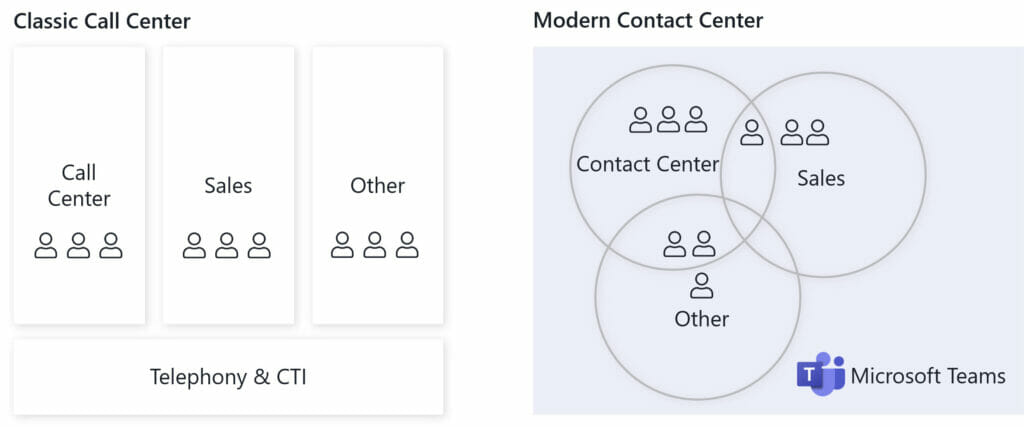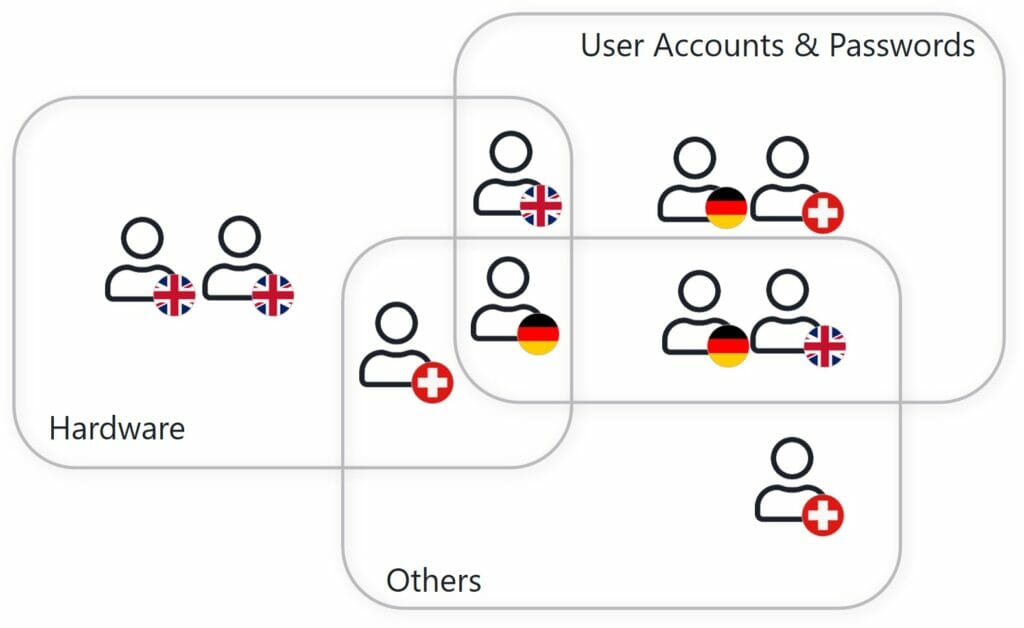With virtual touchpoints dominating customer experience, the personal customer service via telephone is more important than ever. How can organizations improve the relationship with their customers and create a leaner workforce and a more flexible work environment? James Cadman, VP of Customer Success at Luware, shares his experience of implementing modern contact center solutions at numerous customers. He sees three key trends with great potentials for the transformation and digitalization of the customer service – one of them is the shift to collaborative customer service.
Covid-19 is impacting every aspect of our lives, not least in the workplace. Existing trends towards a leaner workforce and flexible work environments have suddenly accelerated; and we can’t fit that genie back in the bottle.
Delivering exceptional service to customers through unpredictable times is a challenge that all of us are now facing. Modern workplace solutions such as Microsoft Teams are already transforming the collaboration landscape and enabling people to work together safely, and if used in the right way, can bring enormous benefits to the end customers.
Customer service was traditionally done with a contact center – both a technical solution (which was usually a standalone application) and a team of dedicated people. As unified communications became more commonplace, contact center teams were often left out, partially due to the complexity of that technical solution. This meant, that even if those users did have access to the UC platform, using it to the benefit of the customers was quite challenging.

Classic and modern view of Contact Center
Covid has pushed many of these challenges to the foreground and has highlighted the weaknesses of highly specialized systems. Emergency scenarios which center on local offices with LAN access and physical devices soon proved to be unsuitable their when everyone had to work from home.
Ghost offices and employee absence due to sickness or mandatory quarantine has been putting a huge strain on customer service organizations, particularly if agents are unable to work from home due to technical limitations. The ability to add more people to provide customer service is vital to maintaining your customers’ experience in these situations, so a solution that supports this is becoming an absolute must.
The existing trend towards a better approach has accelerated rapidly this year. Customer service excellence can no longer be done by large teams in warehouse style call centers, filled with those complicated technical solutions. Customer centric organizations need to include additional employees for customer service quickly to respond to changing staff needs and customer demands. Relying on physical devices connected to your local network is a recipe for disaster in a new normal where lockdowns and staff absence levels are a constant threat.
Many organizations have now discovered the benefits of using a collaboration solution in the contact center too. With communication solutions, such as Microsoft Teams, the customer service agents can collaborate with any colleague. Rather than transferring a call to a back-office team member on a different platform, the agent can simply conference them in. Not only does your customer get their query resolved in a single contact, but the agent has now gained that extra knowledge, and can use it in future.
The effect of collaborative customer service can be a self-driving force; customer service reps who can provide great service are typically happier in their work, and this in turn improves their engagement and productivity as well.
This is a trend I’m seeing across multiple industries, so one thing I would urge is to look carefully at your disaster recovery plans, remote working strategy and to consider a transformation to a unified customer service approach.
Mitigating risks to staffing levels isn’t the only reason to consider the collaborative customer service approach. We have been working with many of our clients to create ‘knowledge centers’ that span organizational and geographic boundaries.
Let’s use a real-world example: An IT department has its people located in multiple sites, with people specialized in hardware, user accounts or any other field. When a IT helpdesk agent needs an answer about a hardware topic, it doesn’t matter where the expert is located. The agent can simply engage with the team of hardware experts and any available staff member from any location is able to answer that query.
Modern collaborative contact center solutions allow organizations to unlock the expertise across their entire organization. With every employee on the same platform, they can group skills together, regardless of their geographic location.

Knowledge centers break organizational and geographic boundaries
Contact center trend #2 – Employees’ self-service
Contact center trend #3 – Empowering employees